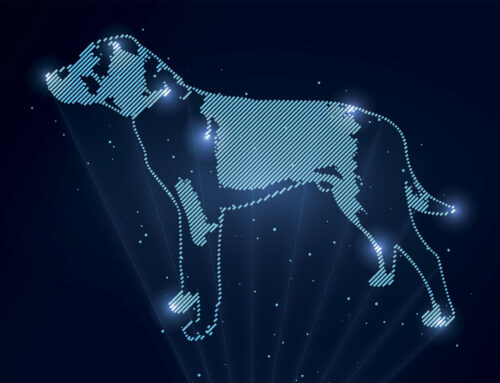
 Chris Conway
Chris Conway
Chief Architect, Quantiv
When they were younger, my daughters would describe one of our favourite holiday destinations as a ‘long-short’ cottage.
At first, this sounded like a beautifully childish paradox. But in the literal minds of children, it made perfect sense. Horizontally, the cottage was long, while vertically it was short. So, ‘long-short’.
I was reminded of this description recently when reading articles about the principle that not all data needs to be ‘big’ to be useful.
The shift from ‘big’ to ‘small and wide’ data
Analysts at technology research firm Gartner have predicted that 70% of organisations will shift their focus from ‘big’ to ‘small and wide’ data by 2025.
Jim Hare, distinguished research vice president at Gartner, said small and wide data – when taken together – were capable of using available data more effectively. They would do this either by reducing the required volume or by extracting more value from unstructured, diverse data sources.
Is small and wide data the new big?
You could say small and wide data is the new big. So, like my daughters’ contradictory cottage description, something can be small and wide at the same time as not being big.
Of course, it might be we’ve become jaded about big data because of its overuse (even IT is subject to the vagaries of fashion).
And it’s not that big data has suddenly become redundant. After all, when it comes to discovering unexpected patterns in operations, diverse (aka big) data is still needed.
But where the discovery of useful information has already happened, not only is it wasteful to collect unnecessary data, it’s also distracting.
What is small and wide data?
Small and wide data reflects a distinction from big data, despite seeming to be contradictory.
‘Small’ reflects that the operational information to be collected falls into a known (limited) range of events, as opposed to data covering anything that could happen. And it’s that concentration on a known set of events that provides the focus for the information.
But ‘wide’ shows that for each item within the range – as it is with big data – a diverse set of extra parameters should still be collected. And it’s that contextual information that focuses the event data.
But to us, this isn’t news...
Quantiv’s NumberWorks method makes identifying and defining this type of operational information easy. And our NumberCloud platform includes robust mechanisms to collect and expose contextual information about significant organisational activities and events (which tends to be tall and narrow, i.e. wide and small).
NumberCloud can also record information about the relationships between the resources collaborating in those events. This allows the event information to be put into a clear, and versioned, context, which broadens the view of the event within known parameters.
So, while bigger may once have been seen as better, perhaps smaller and wider is now more beautiful.
Learn more…
To find out more about how NumberWorks and NumberCloud could help your business, call us on 0161 927 4000 or email: info@quantiv.com




